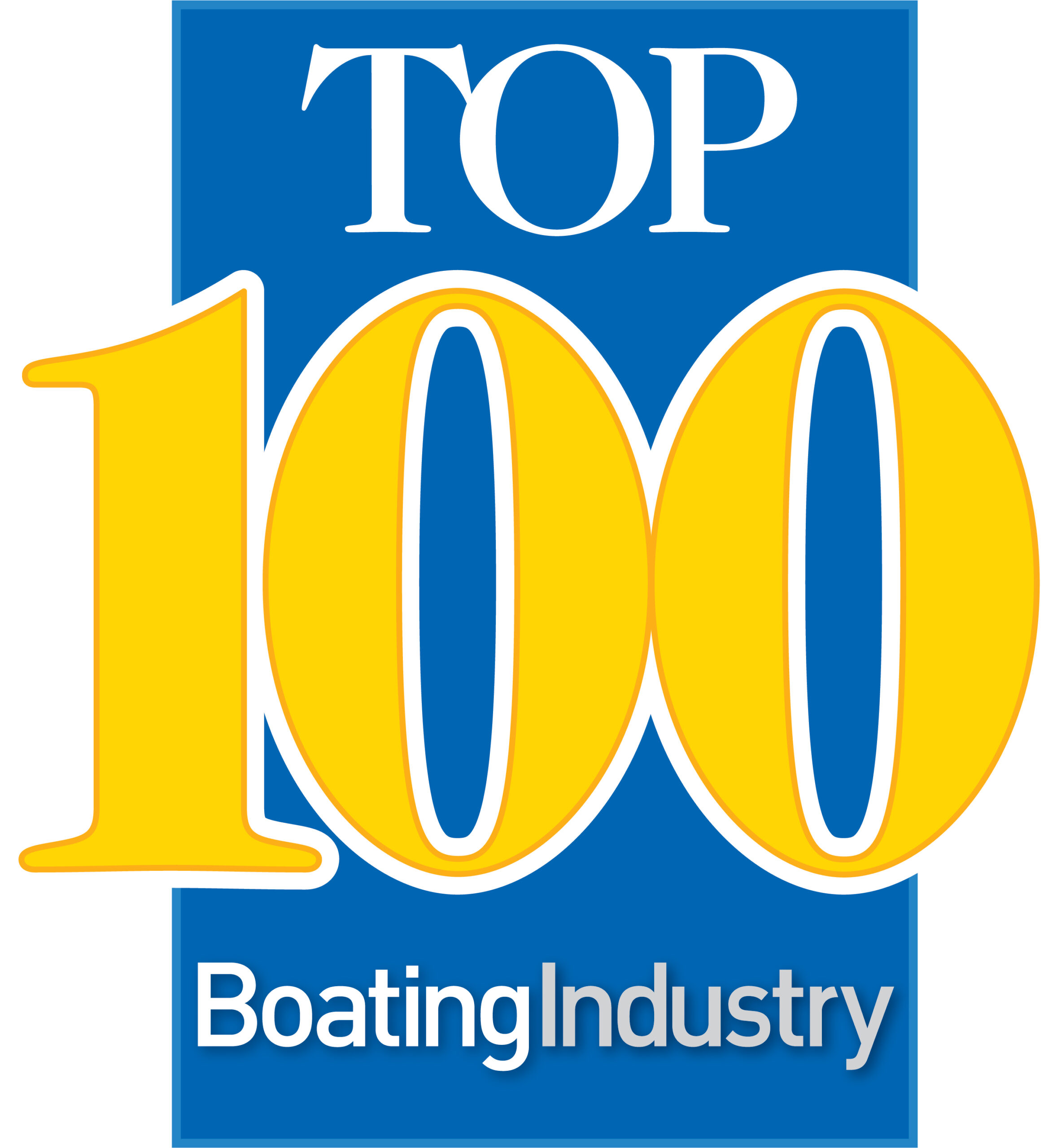Making Those Tough Media Buying Decisions
Just about everyday, marine dealers are approached by media sales representatives offering some type of special advertising package. And with the enormous expansion in the communications industry in recent years, the choices available to distribute advertising messages have increased dramatically. Nowadays, advertising on Web sites, search engines, e-newsletters or even podcasts are a consideration.
It can be very challenging to make strategic media buying decisions to best utilize an advertising budget. But with proper planning and a little research, a sound media campaign can be put together. Consumers now have many sources of information, so an integrated approach, which incorporates the benefits of different media vehicles, is often best.
As Dorothy was told in the Wizard of Oz, it’s always best to start at the beginning. In this case, the beginning would be to determine the communications objectives and what exactly needs to be accomplished with the advertising budget
For instance, if a marine dealer is focusing on a huge in-store promotion, the objective may be to increase traffic during an exact time period, such as special financing for a limited time. In another instance, the goal could be to increase sales of a select boat model. Maybe the goal is as simple as driving more people to a dealer’s Web site.
Once the objectives are established, carefully crafted messages aimed at the target audience can be developed to help achieve those objectives. How do you deliver those messages to the audience? That’s where it becomes important to follow a process to select media vehicles that best meet the objectives in the most cost efficient manner.
Here are some steps that can be taken to make media buying decisions:
1) Evaluate the advertising budget. This will help determine the affordability of certain types of media, the number of media types that can be used, as well as frequency of message and production costs.
2) Determine the target audience. By knowing such things as age, gender, household income and trade area, a media outlet can be selected to fit each situation. For instance, a dealer trying to reach an affluent, middle age, primarily male audience in a relatively small geographic area, may select a news talk radio station as one of the primary media vehicles for the campaign. But before making such a selection, other steps in the decision-making process should also be considered.
3) Take geographic reach into account. Match the coverage of the media outlet to a specific trade area. While localized coverage may put dealers in touch with their immediate customer base, it may not provide the opportunity to reach potential new customers. The reverse can also be true. A media vehicle with wide geographical reach may not be cost efficient since the dealer could be paying for an audience that extends beyond the primary trade area.
4) Consider the time frame needed to execute a specific campaign. If the objective is to drive people to a Web site for general information, a long-term approach may be good. However, for a specific sales promotion, a multi-media campaign with a high amount of frequency is a better solution. Each medium offers different time frames in which advertising can be executed. Radio and Internet advertising can be immediate, whereas print media requires more lead time. Select the media outlet that can best accommodate a required time frame.
5) Evaluate cost efficiency. One method of evaluating cost efficiency of a particular media outlet is the cost-per-thousand (CPM) formula. As an example, if the local newspaper has a circulation of 10,000, and the cost of the ad is $1,000, then the cost to deliver the message to 1,000 subscribers is $100.
CPM is a good calculation to determine cost efficiency, especially when comparing media outlets with similar criteria. But it is also important to remember that CPM is just one of the evaluation tools used to make media buying decisions.
6) Negotiate media purchase. To maximize an advertising budget, consider negotiating purchase prices or try to get added value to help stretch the ad schedule. A good media sales representative will usually offer options including discounts based on volume, ad position and/or date of purchase. Added value items such as free Web site links or content, editorial consideration, prime positioning or even on-site radio broadcasts can be negotiated as merchandising.
Most importantly, dealers should use all the criteria outlined when making media buying selections. For example, a certain television station may be able to deliver the target audience and geographic area sought, but the budget may not cover the higher production costs and ad rates.
With more and more media vehicles available to today’s marketers, it has become essential to make wise and cost efficient buying decisions. By applying the guidelines outlined above, and selecting a good mix of media types, chances of meeting marketing objectives with a successful media campaign are greatly improved.
Theresa Sindelar is a Media Services Manager for Swanson Russell Associates, a full service marketing communications agency with offices in Lincoln and Omaha, Nebraska.




